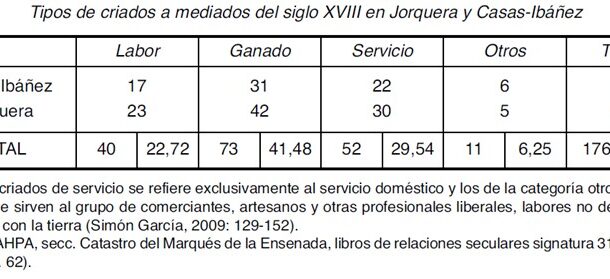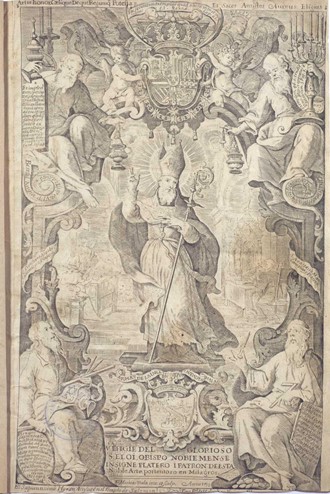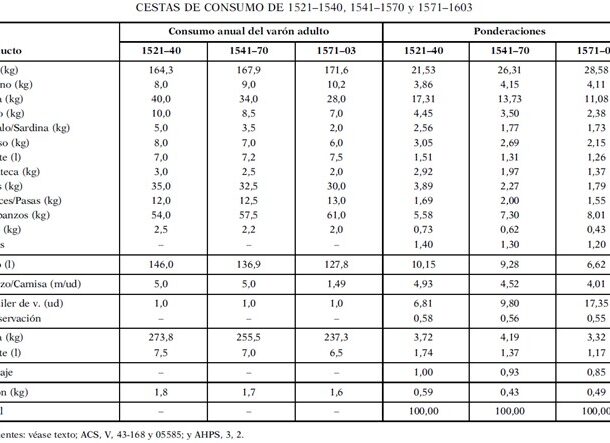
The resource shows the geographical mobility of the servants to rural towns such as Jorquera and Casas Ibáñez, in the current province of Albacete. During the years of the Cadastre of the Ensenada, the basic mobility was registered in servants coming from the region of the State of Jorquera, where both municipalities are located. In a radial fashion, the further away from the interior, the less strong the power of attraction; thus the province of Cuenca and the Kingdoms of Valencia and Murcia nourished this group in decreasing numbers. Finally, it was the northern areas of the peninsula that were the last to incorporate labour force to Jorquera and Casas Ibáñez. This general tendency of the population to move from north to south in search of work and new opportunities was, as the author points out, a constant during the Modern Age.
Collection: Statistics
Project: 3. Rural world and urban world in the formation of the European identity., 4. Family, daily life and social inequality in Europe.
Chronology: XVIII
Scope: Secondary Education, Baccalaureate, University
Link: https://www.adeh.org/revista/2009,%202/MM%20SimA%CC%82%C2%A2n%20GarcA%CC%82%C2%B0a.pdf
Resource type: Statistics
Format: Table
Source: Simón García, María del Mar. (2009)."El hogar y su composición en la Mancha del Júcar a mediados del siglo XVIII", en Revista de Demografía Histórica, XXVII, 2, p. 180.
Language: Spanish
Date: 2009
Owner: Pablo Ballesta Fernández (Modernalia)
Copyright: ©Revista de Demografía Histórica ©María del Mar Simón García
Abstract: Geographical mobility of the servants settled in Jorquera and Casas Ibáñez. Graduated radial effect with a north-south tendency
Image
Tags







